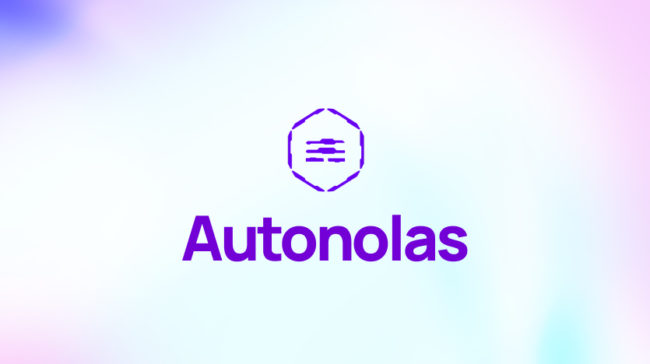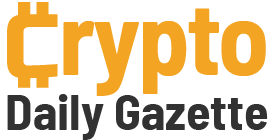
In an era where technology is rapidly evolving, Autonolas emerges as a groundbreaking platform, setting new benchmarks in the realm of autonomous services and decentralized systems. This article delves into the key aspects of Autonolas, as outlined in its whitepaper, and presents them in an accessible format.
Maximizing Machine Autonomy for Human Benefit
Autonolas is not just another tech buzzword; it’s a visionary approach to enhancing human autonomy through advanced machine autonomy. Unlike traditional automation that often puts machines at the center, Autonolas prioritizes human needs, ensuring that autonomous services are transparent, reliable, and, most importantly, serve human interests.
The Core of Autonolas: Autonomous Applications
At its heart, Autonolas provides a robust foundation for developing autonomous applications. These applications are unique, capable of running continuously, acting independently, and interacting with the world beyond blockchain constraints. They represent a significant leap from standard on-chain applications, offering complex logic processing and a level of autonomy that brings them closer to real-world applications.
Multi-Agent Systems: The Building Blocks
One of the most striking features of Autonolas is its use of Multi-Agent Systems (MAS). These systems allow groups of software agents to operate in complex, multi-stakeholder environments. Each agent in this system is capable of autonomous action, pursuing goals set by their human operators. This approach opens up new avenues for creating decentralized, robust, and highly adaptable services.
A New Paradigm in Consensus and Security
Security and consensus are at the core of Autonolas’ functionality. The platform introduces innovative ‘consensus gadgets’ that allow a group of agents within a service to reach agreement on crucial variables. This system is not only secure but also efficient and trust-minimized, drawing from blockchain technology’s best features while overcoming some of its limitations.
Leveraging Tendermint for Fault-Tolerance
Autonolas doesn’t just stop at its internal mechanisms. It leverages Tendermint, a Byzantine fault-tolerant consensus engine, ensuring secure and consistent application replication across numerous machines. This makes Autonolas robust against a range of failures, including malicious attacks.
Embracing Modularity for Future Growth
The architecture of Autonolas is designed with modularity and extensibility in mind. It supports a clear separation of concerns, allowing for enhancements without compromising its secure and permissionless nature. This modular approach ensures that Autonolas can evolve over time, adapting to new challenges and requirements.
Conclusion: A Step Towards a Decentralized Future
Autonolas stands as a testament to the innovative spirit of the blockchain community. It pushes the boundaries of what decentralized systems can achieve, focusing on machine autonomy to enhance human life. As we step into a future where technology increasingly intersects with our daily lives, platforms like Autonolas will play a pivotal role in shaping a world where technology truly serves humanity.




